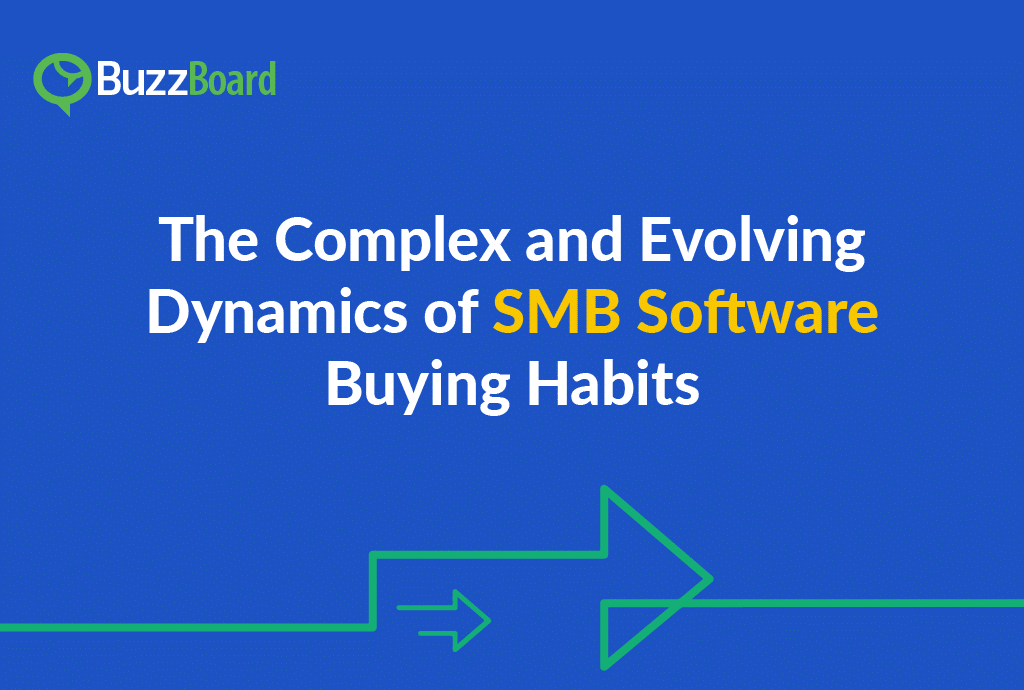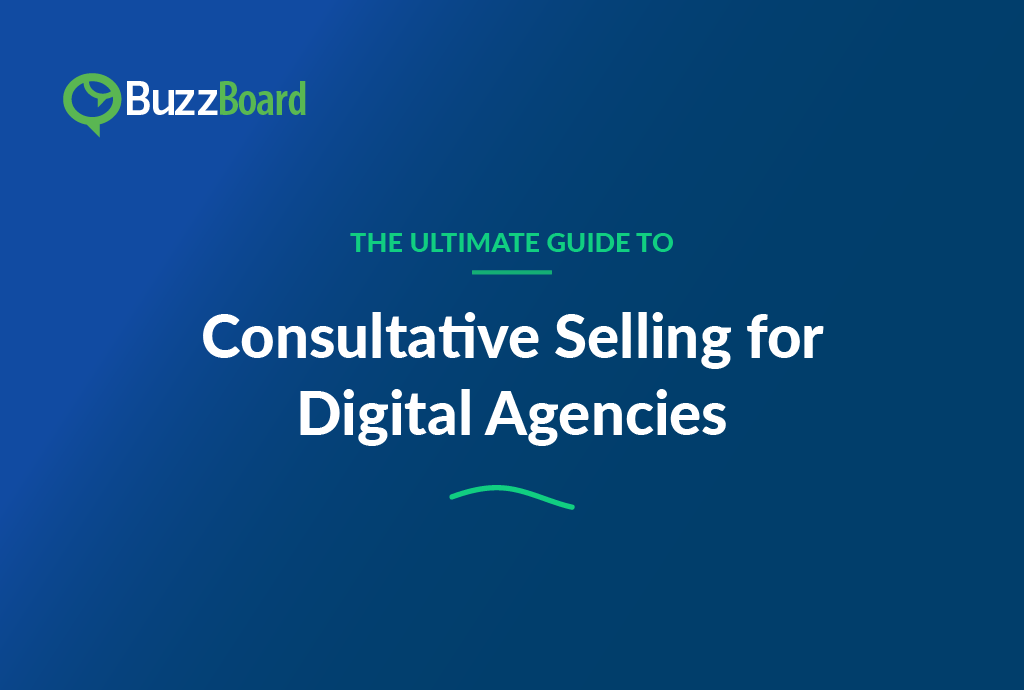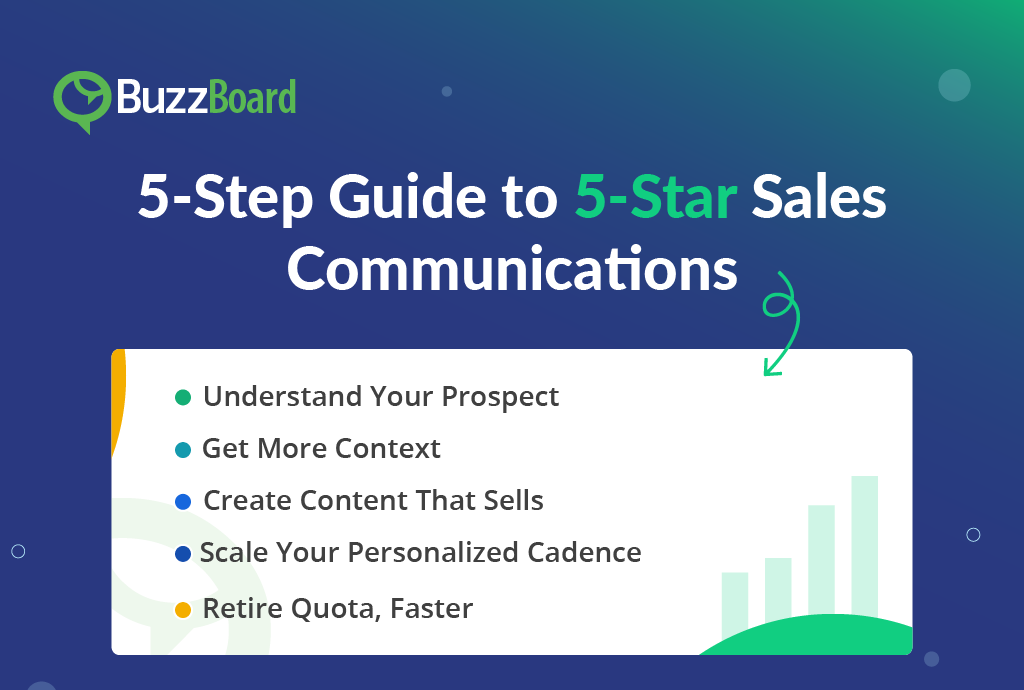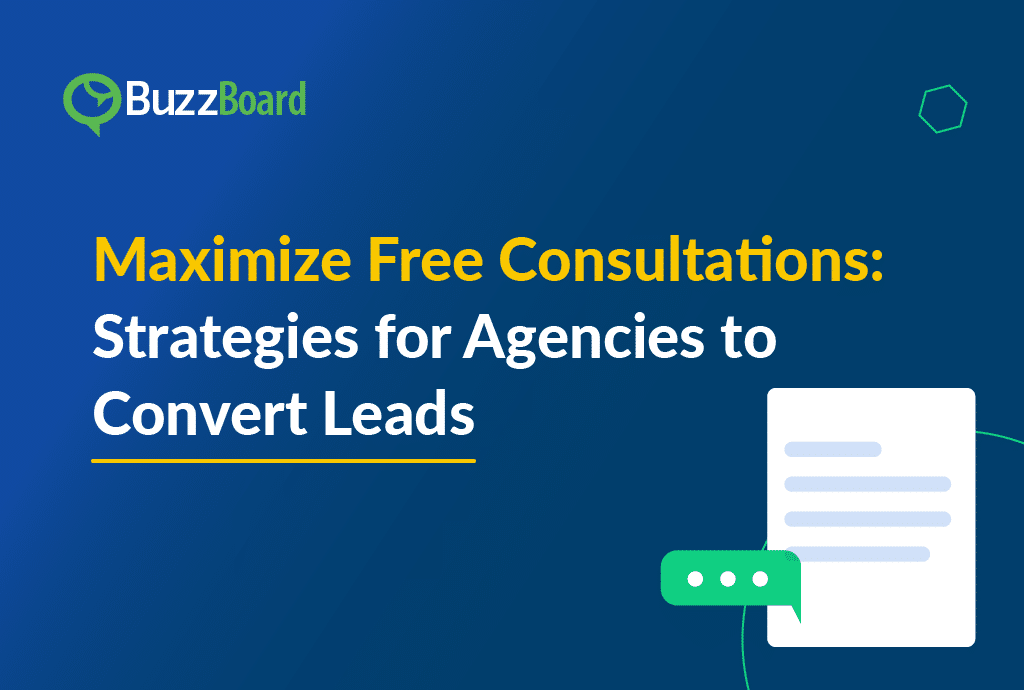The global software buying state is a dynamic amalgamation of subscription-based models, cloud-native applications, AI-driven solutions, enhanced user experiences, robust security measures, and a growing emphasis on sustainability. These trends in Software-as-a-Services (SaaS) have ushered in an exciting era of digital solutions that are reshaping businesses, improving productivity, and driving innovation across industries.
Even so, there is no denying that software buying and selling is becoming complex, as certain challenges keep forming on both buyer-seller ends. So where exactly SaaS companies are lacking visibility? And what are B2SMB buyers really looking for?
Our latest market research unearthed crucial data and information for growth-minded software marketers to sort sales and marketing priorities for enhanced customer targeting and relationships.
“The software market is expected to grow by 11% from 2022 to 2023 to reach a valuation of $880 billion, making it the fastest-growing segment in the IT market.”
Growth and Challenges Go Hand-in-Hand
Rather than cutting budgets, year 2023 is more about investing in digital initiatives to attain operational excellence. In fact, more and more small to medium organizations are planning to buy software products, as they are essential to achieve their business goals.
The multitude of opportunities and innovations the current year has brought forth have consequently made way for rapid advancements in technology, coupled with changing market dynamics—they have, literally, revolutionized how software is purchased, deployed, and utilized everywhere. And for SaaS companies, capitalizing on this altering reality is far from smooth sailing. In other words, trials and tribulations are a part of their day-to-day sales efforts; the buying-selling harmony seems lost.
So what’s causing the interruption?!
Sellers Struggle with Competition, Incompatible Pricing, and Maintenance Demands
The drive for seeing ROI in about 6 months and the ease of implementations are something very basic the SMB buyers of today want. While it’s all fair for the buying side to have such expectations, SaaS companies sometimes have a hard time to meet the custom needs, which often leads to a gap between buyer-seller relationships.
Our market research shows us that software solution providers are facing multiple, unique hurdles during this round-the-clock struggle to stay relevant to their customers. And some of them require immediate
attention—
Pricing Mismatch: The 2023 Gartner global software buying trends report found that 41% businesses dropped a solution provider from the purchase shortlist because of mismatch in pricing. In fact, this happens to be the “biggest deal breaker” in customer acquisition.
The Need for Expert Advice: It’s important to note that the role of the vendors are changing. They are not anymore mere suppliers but also complete experience providers. That’s why end-to-end assistance, maintenance, and customer support have become vital in retaining clients. However, customer requirements changing at a fast pace often jeopardize the selling approaches.
Prolonged Learning Curve: While a learning curve is meant to empower workforces, inside the SMB-SaaS selling environment, customers clearly do not enjoy a prolonged learning curve, often leading to cease of purchase midway. Instead, software buyers are preferring simpler tools, and holistic, concise training materials and better support to minimize their software learning time.
Fierce Competition: As the software spending projections from last year seem a promising reality now, recent trends indicate, an increased number of software tools are being purchased. At the same time it is also true that the SaaS selling market is getting more crowded every day. Abundance of similar solutions and features are causing pricing pressure. Plus, it’s getting even harder for SaaS companies to run a thorough competitor analysis while turning the changing waves in their favor.
Bad Reviews: Did you know that “86% of businesses consider verified reviews either “important” or “very important” to their purchase decision”? (Gartner)
Factors, like recent ratings, qualitative commentary, product videos and screenshots, among others play a key role in the pre-purchase software evaluation.
Buyers Seeking Trust and Ease of Use
To get full clarity, we tried gauging the pain points of the buyers as well. On top, we found, frequently changing software buying decision makers are often impacting the process. Insights shared by SaaStr confirmed that 68% of their respondents reported so to be the case. The insights further noted that other factors, such as regular addition of stakeholders, constantly altering project scopes, and consensus-based decisions are adding up to the complexities.
“Only 1 in 3 buyers consider vendor websites the information source they trust most.”
—SaaStr
Buyers are gradually moving towards purchasing from third parties or peer sources because of increasing trust issues. They seem to have a rising faith in other channels than the official website of B2B vendors due to lack of credible content, references, or reviews.
It’s quite evident by now that the journey of buyer-seller relationship doesn’t reach a finishing line post purchase, rather, gets more crucial. Findings suggest, a large number of buyers depend on swift and steady communication via chat and emails with software providers during the onboarding period. Not only do they seek training in their primary language but also a holistic experience just to rest assured of the ease of software implementation… that it’s being taken care of seamlessly.
The complexities of software purchasing have given rise to a new breed of savvy buyers who understand that success lies not only in selecting the right software but also in nurturing its growth within their organizations. As we look ahead, the software buying landscape will continue to evolve, presenting new challenges and opportunities. And it is pure customer-centricity that will remain as the governing factor. So, particularly if you are an SMB marketing agency, embrace the power of data-driven decisions, and let hyper-personalized sales be your guiding star.








